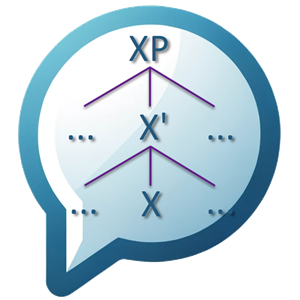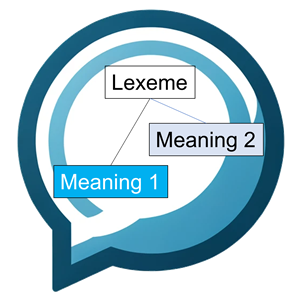Description

VLC001 exhibits some selected units from different VLC courses in order to illustrate the teaching and learning principles on the VLC. In order to allow the guest access without problems, we have omitted the standard mastery tests and have dispensed with various references, e.g. links to other glossaries.
To access all VLC-courses with all components (for free), visit our login site, then create your account and self-enroll (for free) to whatever course(s) you like.

 This preliminary unit for the demo course informs you about various general aspects of any VLC course and makes some suggestions about how to study online. Using videos we explain how to study online on the VLC and how the VLC assessment principles work. In addition to this, you will find some fundamental linguistic definitions necessary to understand the basic concepts used.
This preliminary unit for the demo course informs you about various general aspects of any VLC course and makes some suggestions about how to study online. Using videos we explain how to study online on the VLC and how the VLC assessment principles work. In addition to this, you will find some fundamental linguistic definitions necessary to understand the basic concepts used.

 This demo-unit presents the X-bar scheme, gives arguments for bar-level categories, and looks at the internal structure of the main phrasal and clausal categories. It also discusses the different patterns of head-modifier arrangement across languages. It is part of VLC106 - Syntax - Part I - the pverview course of syntax.
This demo-unit presents the X-bar scheme, gives arguments for bar-level categories, and looks at the internal structure of the main phrasal and clausal categories. It also discusses the different patterns of head-modifier arrangement across languages. It is part of VLC106 - Syntax - Part I - the pverview course of syntax.
 This demo-unit is normally part of our cognitive linguistics or psycholinguistics courses, e.g. VLC301. It discusses the question how humans convert the conceptual representation into a linguistic structure?
This demo-unit is normally part of our cognitive linguistics or psycholinguistics courses, e.g. VLC301. It discusses the question how humans convert the conceptual representation into a linguistic structure?